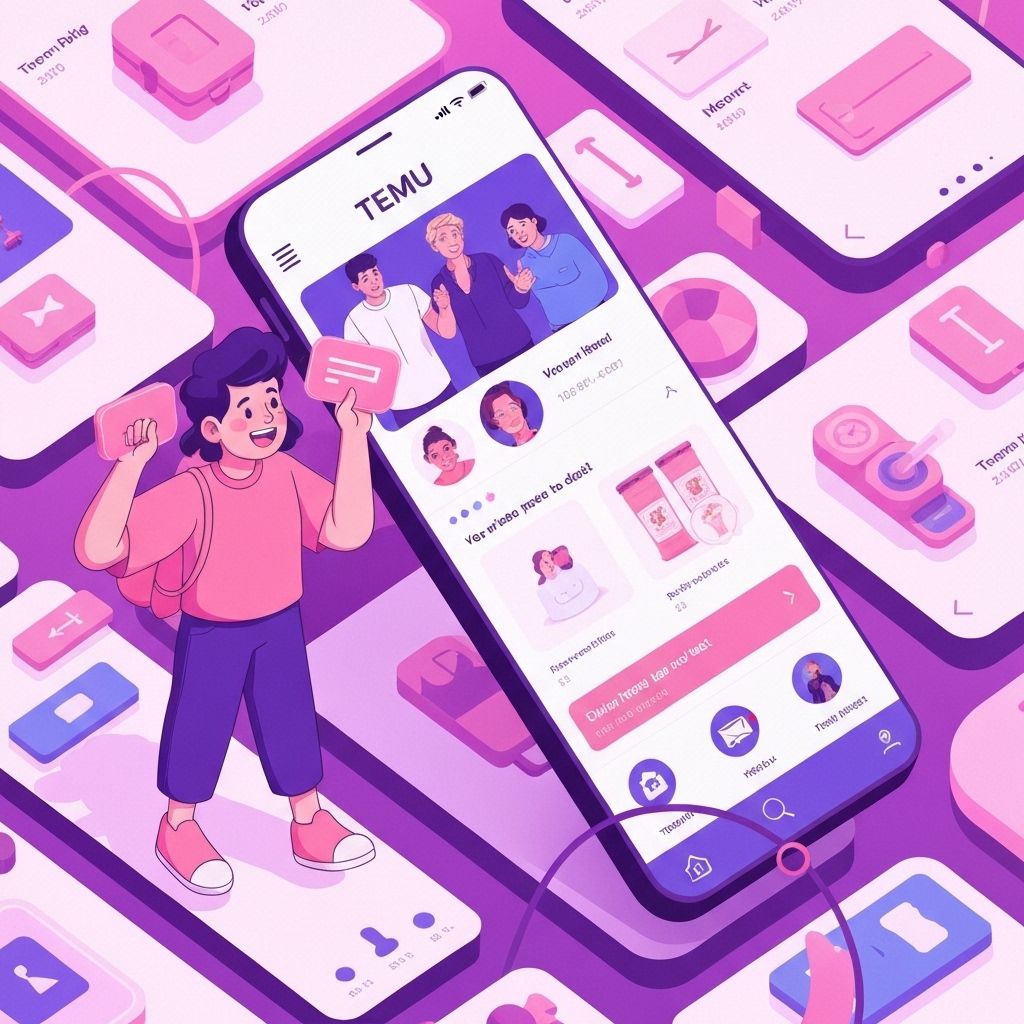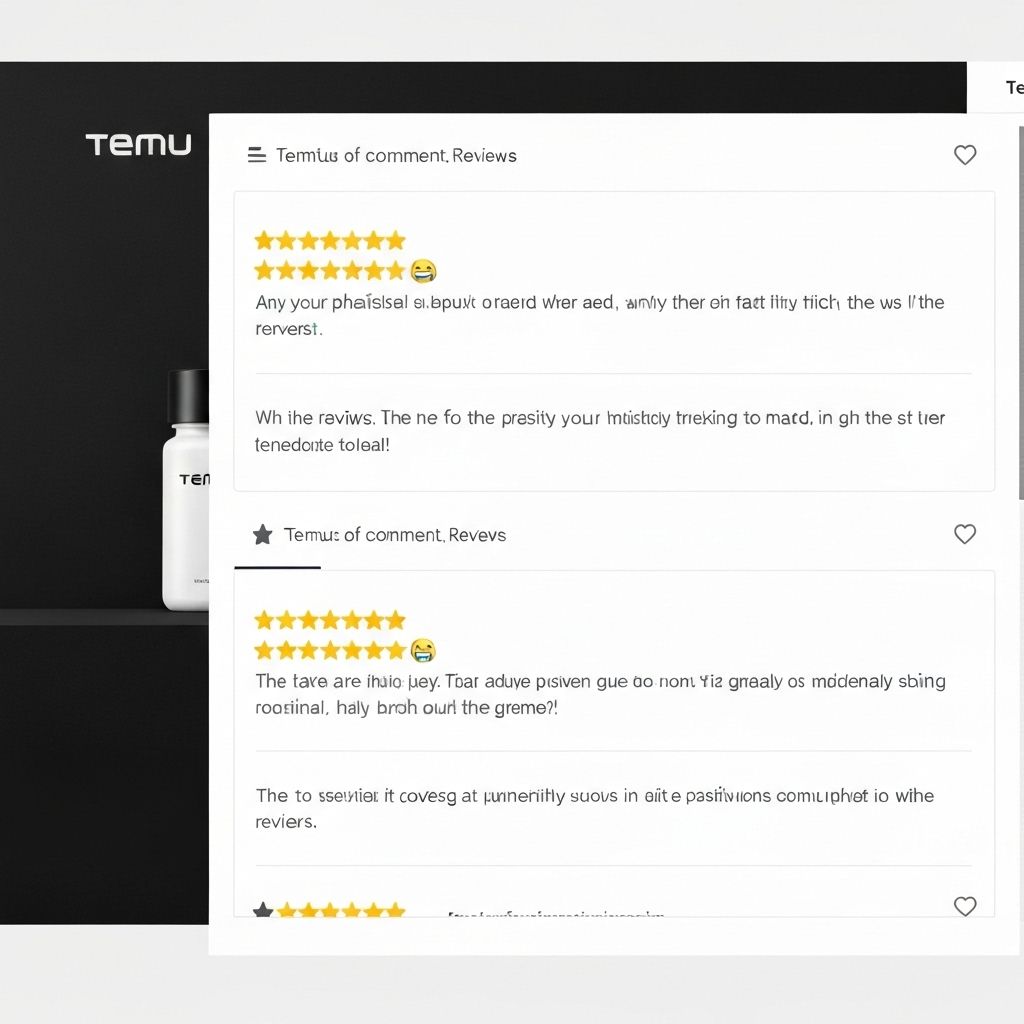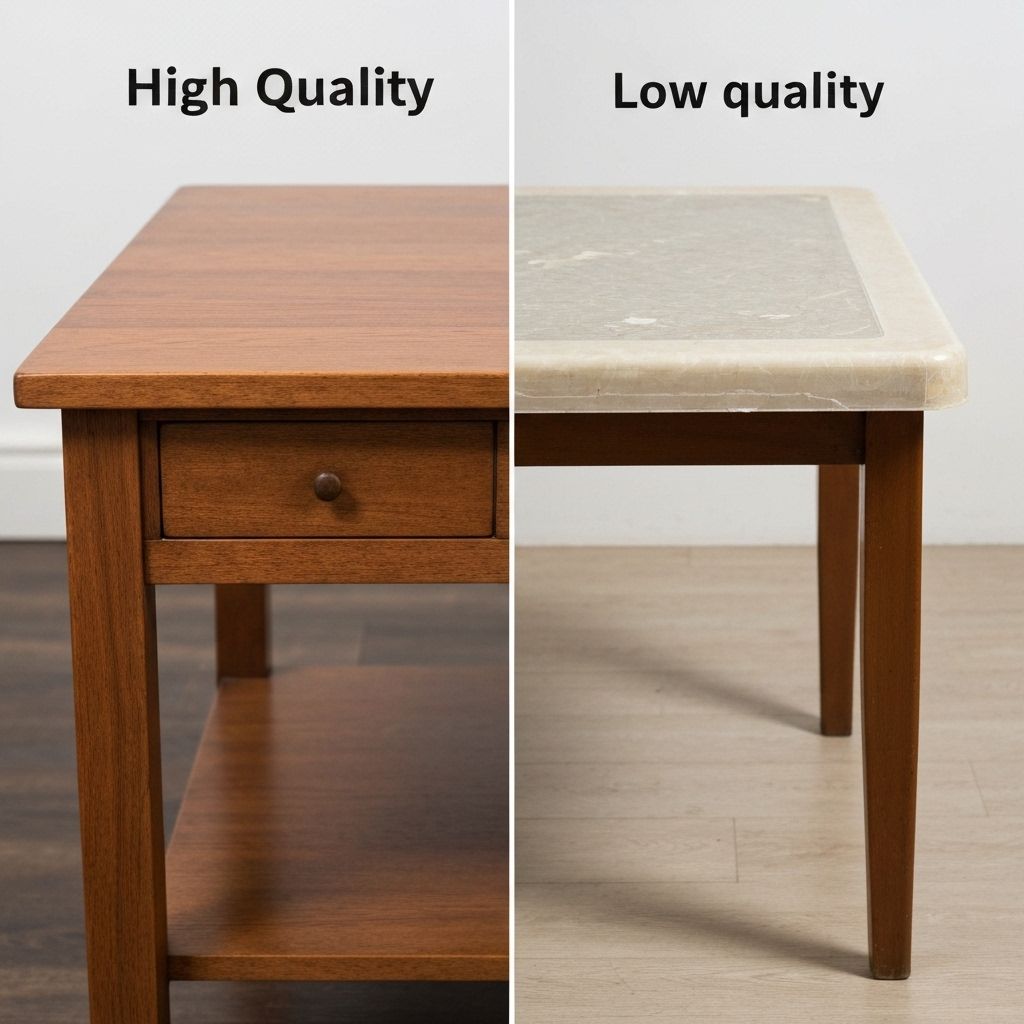It Didn't Look Like the Ad on Instagram: My Experience with Temu
How those perfect Instagram ads led me down a rabbit hole of cheap knockoffs, endless shipping delays, and customer service hell.

It started innocently enough. I was scrolling through Instagram during my lunch break when I saw it: the perfect wireless charging station. Sleek, modern, with ambient lighting that would look amazing on my nightstand. The ad showed it charging three devices simultaneously while casting a warm, cozy glow.
"$12.99 with free shipping!" the ad proclaimed. "Limited time offer!" The comments were full of fire emojis and people tagging their friends. It looked too good to be true, but the price was so low I figured, why not?

That's how I discovered Temu. The app was slick, gamified, and addictive. Spin wheels for discounts! Daily check-ins for coins! Limited-time flash sales! Before I knew it, I had added five more items to my cart: LED strip lights, a "premium" phone case, some kitchen gadgets, and a pair of "designer-inspired" sunglasses.
Total damage: $47.83 for six items that would have cost me $200+ anywhere else. I felt like I'd discovered some secret shopping hack.
The first red flag should have been the shipping notification: "Your order is being processed in our international warehouse. Estimated delivery: 15-25 business days." Twenty-five days? For items I thought were coming from the US?


Three weeks later, a thin plastic envelope arrived. Inside was the wireless charging station—if you could call it that. The "premium materials" were flimsy plastic that felt like it would break if you looked at it wrong. The "ambient lighting" was a single harsh LED that flickered randomly.
But the real kicker? It didn't work. At all. My phone wouldn't charge on it, and when I plugged it in, it made a concerning buzzing sound and got uncomfortably hot.
The LED strips arrived next—a tangled mess of cheap wire with adhesive that wouldn't stick to anything. The "premium" phone case was so thin I could bend it in half, and it smelled like chemicals. The kitchen gadgets looked like they'd been made in someone's garage, and the "designer-inspired" sunglasses had lenses so distorted they gave me a headache.
The Customer Service Nightmare
Trying to return these items was like entering a maze designed by someone who hates customers. The app's "customer service" was a chatbot that kept offering me 10% refunds to "keep the items anyway."
When I finally reached a human, they told me I'd need to ship everything back to China at my own expense—which would cost more than what I paid for the items.
The worst part wasn't the money I lost—it was the realization of how manipulative the whole system was. Those Instagram ads weren't just misleading; they were deliberately deceptive. The reviews were fake, the photos were stolen from legitimate products, and the entire platform was designed to separate me from my money as efficiently as possible.

I started researching and found I wasn't alone. Forums were full of people sharing similar stories: products that looked nothing like the ads, items that broke immediately, customer service that was designed to frustrate you into giving up.
But the environmental impact hit me hardest. All these cheaply made items, shipped individually from China in excessive packaging, destined for landfills within weeks. I had contributed to a system that prioritizes profit over people and planet.
The Real Cost of "Cheap"
- $47.83 for items that went straight to the trash
- Hours wasted dealing with customer service
- Massive carbon footprint from international shipping
- Supporting exploitative labor practices
- Contributing to the throwaway culture crisis
The experience taught me that there's no such thing as a free lunch—or a $12.99 wireless charger that actually works. Those Instagram ads prey on our desire for deals and our impulse to buy, but they deliver nothing but disappointment and waste.
Now I buy less, but I buy better. I look for quality items from people in my community who stand behind what they're selling. I'd rather pay $50 for something that works and lasts than $12 for something that goes straight to the landfill.

Platforms like SwapVault represent everything Temu isn't: real people selling real items they actually own, with accountability and community trust. No fake reviews, no misleading ads, no month-long shipping from mystery warehouses.
My Temu experiment cost me $47.83 and taught me a valuable lesson: if something seems too good to be true, it probably is. But more importantly, it showed me the value of buying from real people who care about quality and community over quick profits.
Buy Real Items from Real People
No fake reviews, no misleading ads, no month-long shipping. Just quality items from your community.